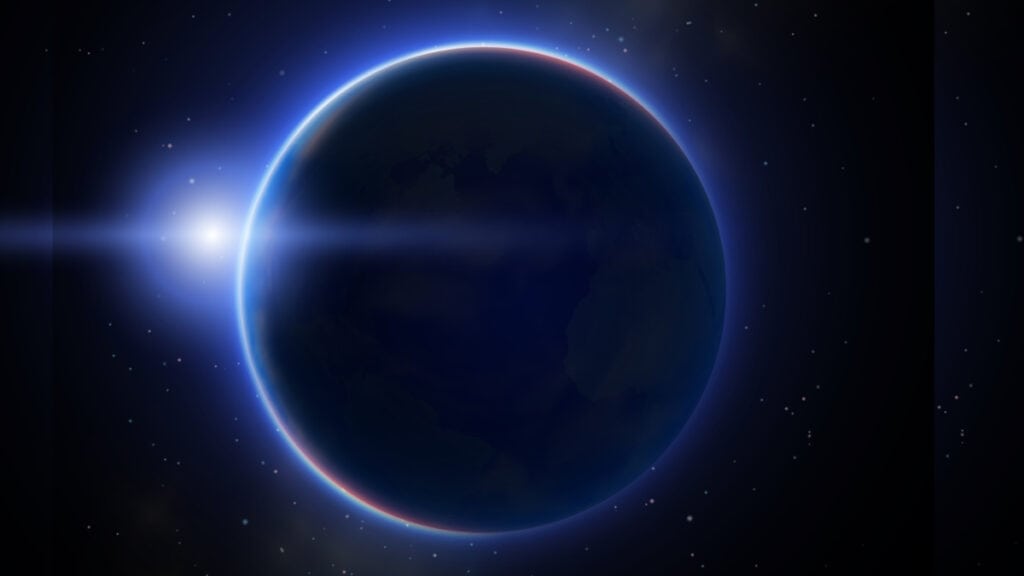SCIENTISTS are claiming to have found more evidence that a planet TEN times the size of Earth is lurking beyond Pluto.
Astronomers believe they have found conclusive evidence that suggests planet Nine is REAL.
It seems that scientists have after all found evidence that supports the existence of Planet Nine, even though last months experts said that it may not exist after all.
So, what’s the deal? Two astronomers at the “Universidad Complutense de Madrid” claim to have found evidence of the mysterious existence of Planet Nine or Planet X: a hypothetical planet hidden beyond the orbit of Pluto whose existence has been debated by scientists for years.
In 2016, a study announced the existence of the planet based on the peculiar distribution of the orbits of transneptunian objects (TNO) located in the Kuiper belt.
Then, scientists believed that it was precisely Planet Nine to blame for those orbits. However, biases were later detected in these observations that cast doubt on the conclusions of the study.
But now, Spanish astronomers have resorted to a more novel technique and less exposed to biases to observe the so-called extreme transneptunian objects (ETNO): a special class of celestial bodies that never cross the orbit of Neptune and are located particularly far away from the Sun—at a distance more than 150 AU and never cross Neptune’s orbit.
The evidence is there
Astronomers analyzed the distribution of the nodes–the points in orbit where ETNO’s cross the plane of the Solar System—only to find that some of them are grouped in orbit at times.
Also, a correlation between the positions of the nodes and their inclination was detected, although there should be none, which hints at the existence of a larger body located in the outermost edges of the solar system that is directly influencing their orbits.
“Using calculations and data mining, the Spanish astronomers have found that the nodes of the 28 ETNOs analysed (and the 24 extreme Centaurs with average distances from the sun of more than 150 AU) are clustered in certain ranges of distances from the sun; furthermore, they have found a correlation where none should exist between the positions of the nodes and the inclination, one of the parameters which defines the orientation of the orbits of these icy objects in space,” reports Phys.org.
Planet Nine say scientists could explain this unexpected correlation.
“If there is nothing to perturb them, the nodes of these extreme trans-Neptunian objects should be uniformly distributed, as there is nothing for them to avoid, but if there are one or more perturbers, two situations may arise,” astronomer Carlos de la Fuente Marcos said in a news release. “One possibility is that the ETNOs are stable, and in this case, they would tend to have their nodes away from the path of possible perturbers. But if they are unstable, they would behave as the comets that interact with Jupiter do, tending to have one of the nodes close to the orbit of the hypothetical perturber.”
“Assuming that the ETNOs are dynamically similar to the comets that interact with Jupiter, we interpret these results as signs of the presence of a planet that is actively interacting with them in a range of distances from 300 to 400 AU,” said de la Fuente Marcos. “We believe that what we are seeing here cannot be attributed to the presence of observational bias.”
The new findings, detailed this week in the Monthly Notices of the Royal Astronomical Society, lend credence to the previous hypotheses of researchers—Konstantin Batygin and Michael E. Brown—at Caltech and the University of Arizona who explained in 2016 how a massive outer planet would be the likeliest explanation for the similarities in orbits of six distant objects, and they proposed specific orbital parameters. The predicted planet could be a super-Earth, with an estimated mass of 10 Earths (approximately 5,000 times the mass of Pluto), a diameter two to four times that of Earth, and a highly elliptical orbit with an orbital period of approximately 15,000 years.
(H/T Phys.org)

